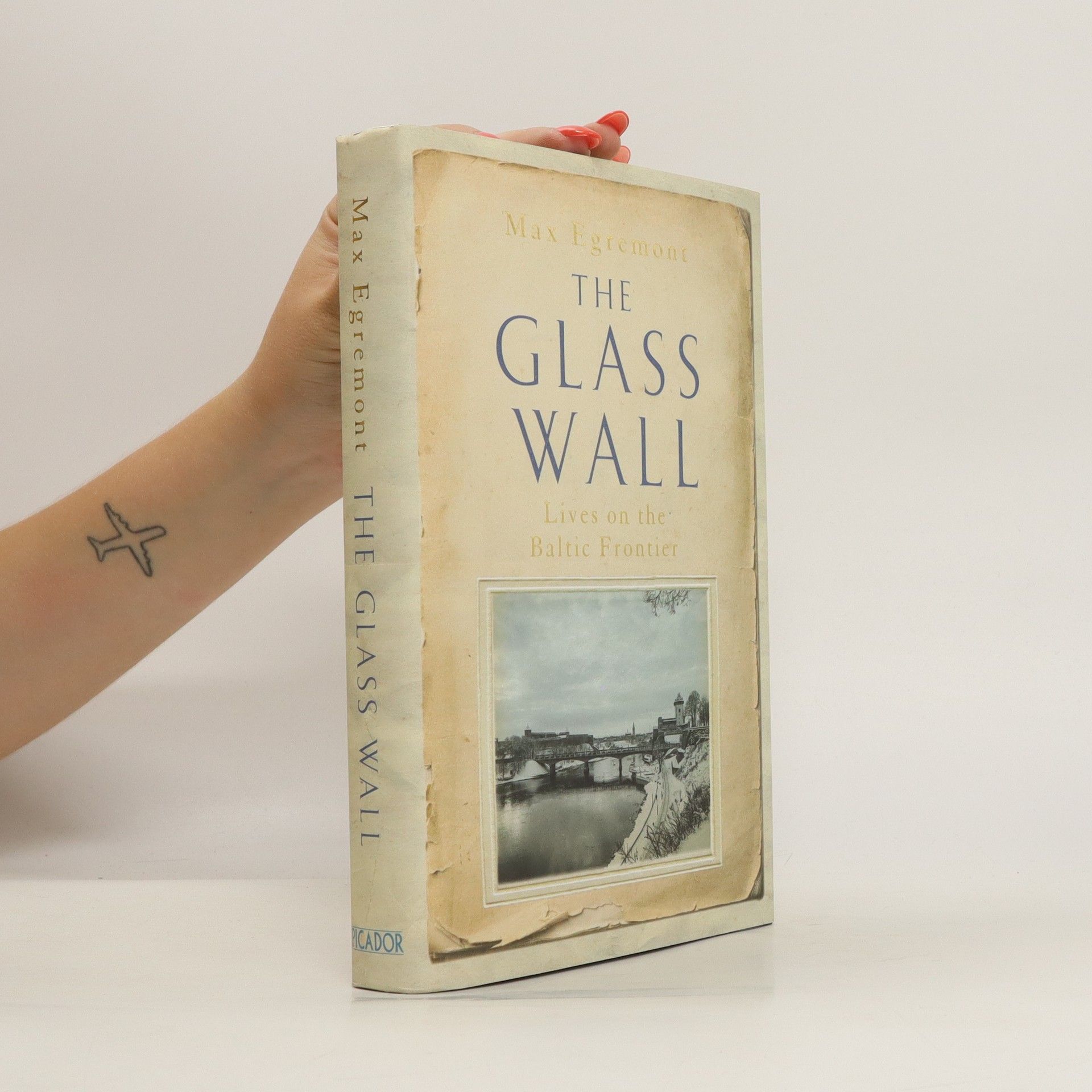Following his acclaimed exploration of the vanished East Prussia, Forgotten Land, Max Egremont turns his attention to the Baltic, another part of the world where the ghosts of history still make their presence felt.
Max Egremont Knihy


Following his acclaimed exploration of the vanished East Prussia, Forgotten Land, Max Egremont turns his attention to the Baltic, another part of the world where the ghosts of history still make their presence felt.